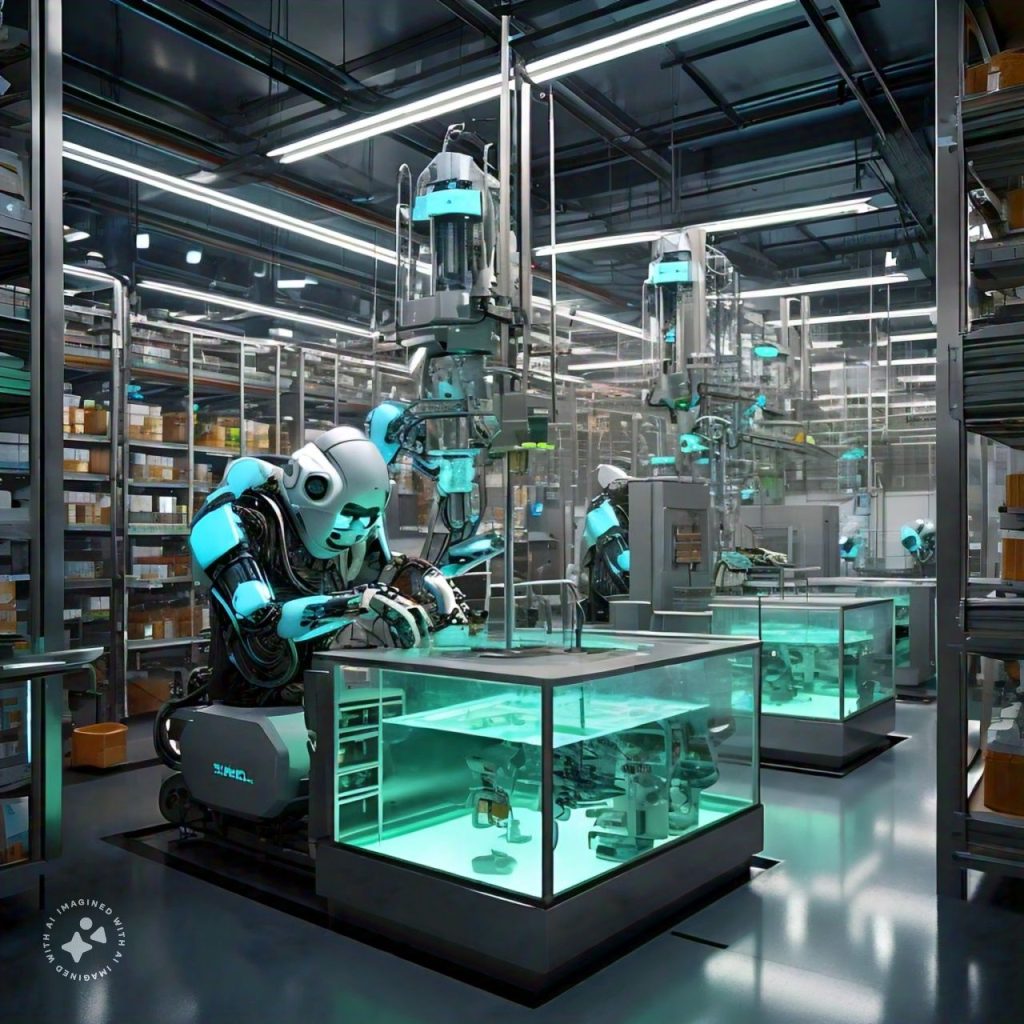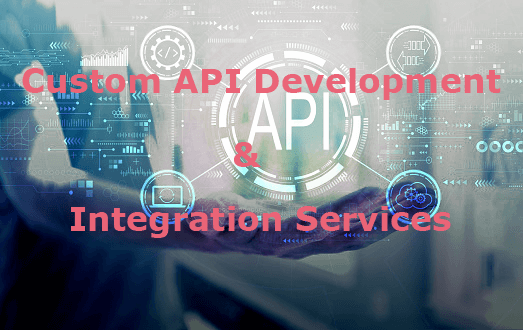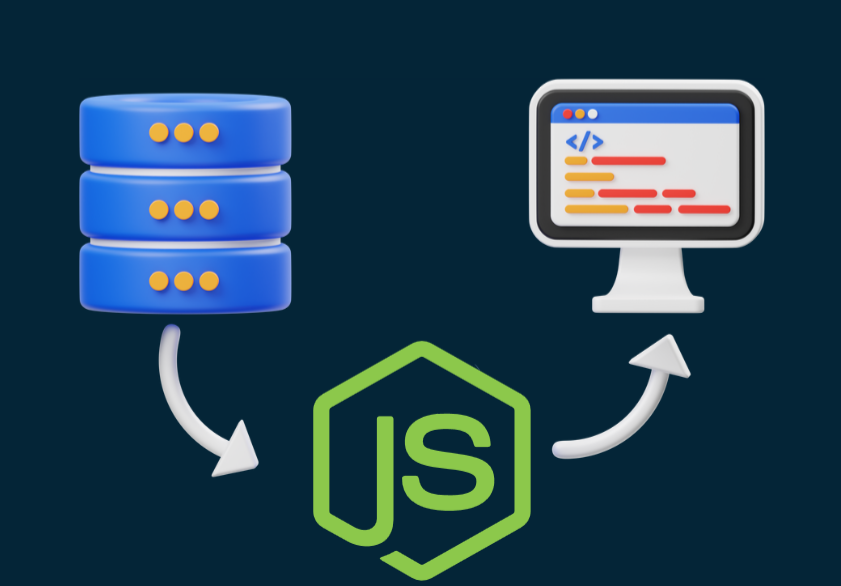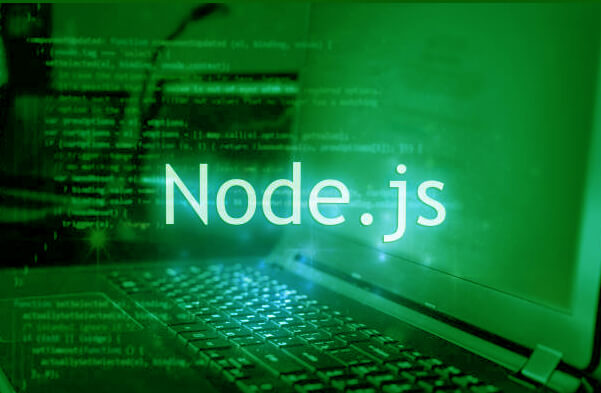Retrieval-Augmented Generation (RAG) is a type of natural language processing (NLP) model that combines two key components:
1. Retrieval: This component searches a database or knowledge base to find relevant information related to the input prompt or question.
2. Generation: This component uses the retrieved information to generate a response or answer.
Here’s a simplified overview of the RAG process:
Step 1: Input
The user provides a prompt or question.
Step 2: Retrieval
The model searches a database or knowledge base to find relevant information related to the input.
Step 3: Ranking
The retrieved information is ranked based on relevance and accuracy.
Step 4: Generation
The top-ranked information is used to generate a response or answer.
Step 5: Output
The final response is returned to the user.
RAG models are particularly useful for tasks like:
– Question answering
– Text summarization
– Chatbots
– Language translation

Some popular RAG models include:
– RAG-T5 (Google)
– RAG-Seq2Seq (Facebook AI)
– DPR (Dense Passage Retrieval, Facebook AI)
These models have achieved state-of-the-art results in various NLP tasks, and are widely used in industry and research applications.
Let’s dive deeper into some key aspects of Retrieval-Augmented Generation (RAG) models:
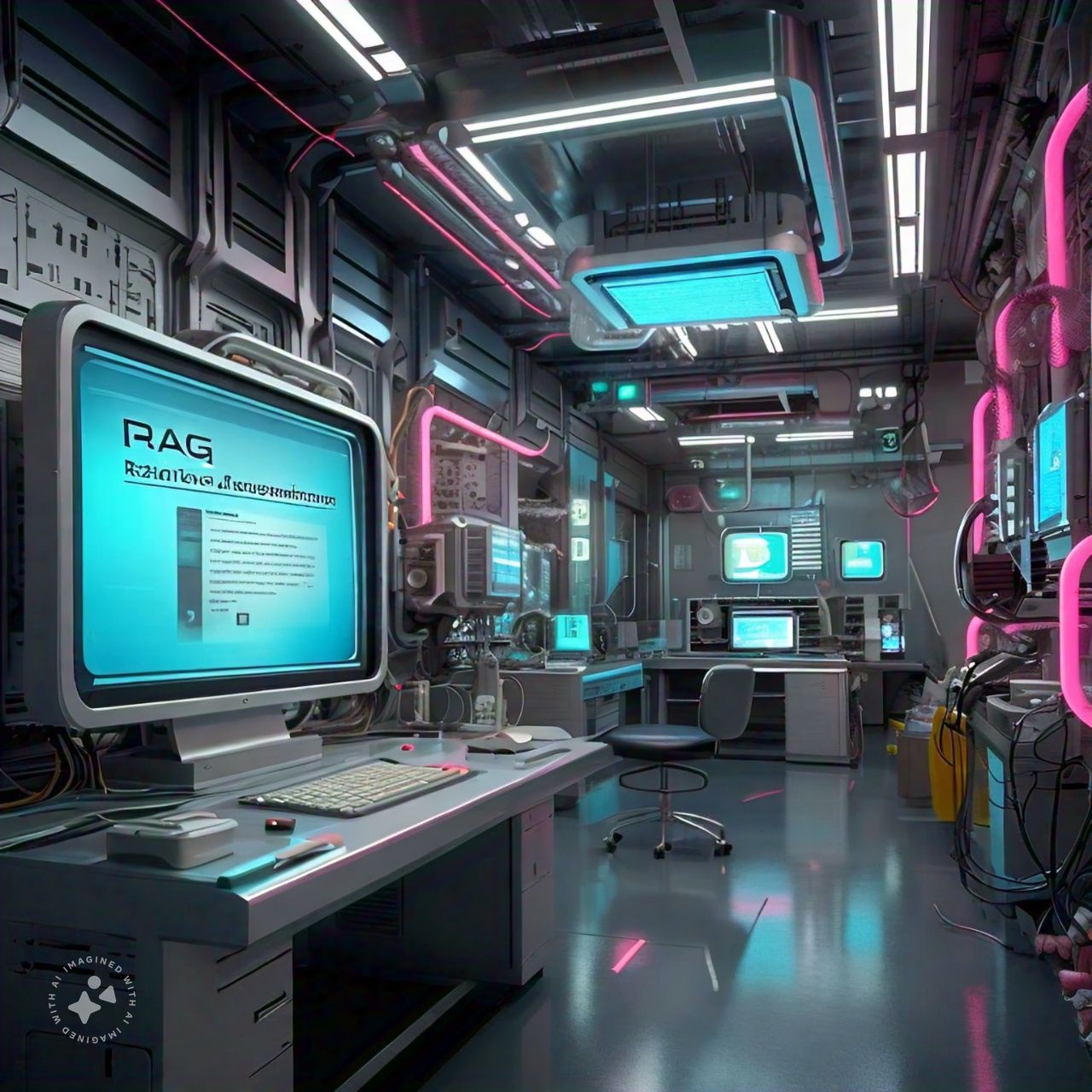
Advantages:
1. Improved accuracy: By leveraging external knowledge sources, RAG models can provide more accurate responses than traditional language models.
2. Increased coverage: RAG models can respond to a wider range of questions and topics, as they can draw upon a vast amount of external information.
3. Reduced hallucinations: By grounding responses in actual knowledge, RAG models are less prone to generating hallucinated or nonsensical answers.
Challenges:
1. Knowledge base quality: The accuracy of RAG models relies heavily on the quality of the knowledge base or database used for retrieval.
2. Retrieval efficiency: Efficiently searching and ranking relevant information from large knowledge bases can be computationally expensive.
3. Integration with generation: Seamlessly integrating retrieved information into generated responses can be challenging.
Key components:
1. Retriever: This component searches the knowledge base to find relevant information. Popular retriever architectures include:
– Dense Passage Retrieval (DPR)
– BM25 (Best Match 25)
2. Ranker: This component ranks the retrieved information based on relevance and accuracy.
3. Generator: This component uses the top-ranked information to generate a response.
Training strategies:
1. Supervised training: Train the model on labeled datasets, where the correct response is provided.
2. Self-supervised training: Train the model using unsupervised objectives, such as masked language modeling.
3. Multi-task training: Train the model on multiple tasks simultaneously, like question answering and text classification.
Real-world applications:
1. Virtual assistants: RAG models can power more accurate and informative virtual assistants.
2. Language translation: RAG models can improve translation accuracy by leveraging external knowledge sources.
3. Text summarization: RAG models can generate more accurate and comprehensive summaries by incorporating external information.

